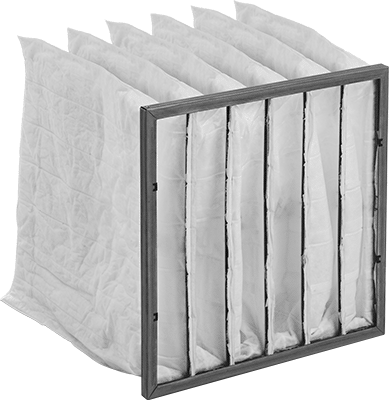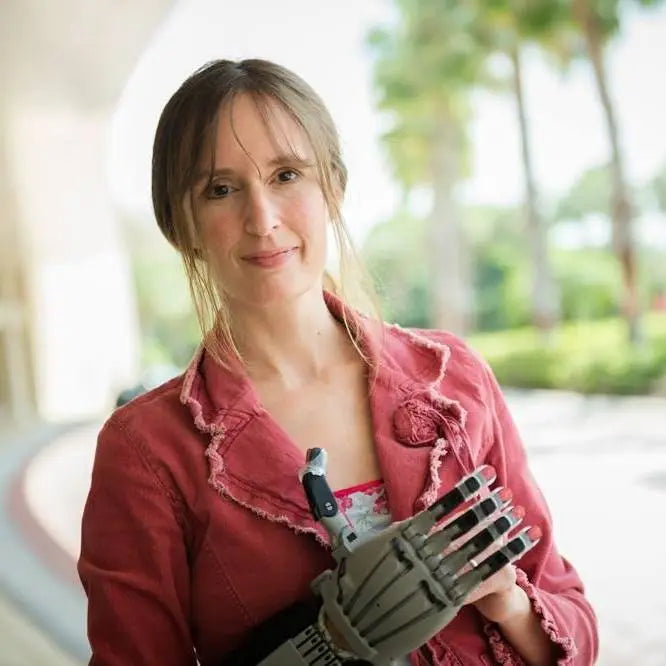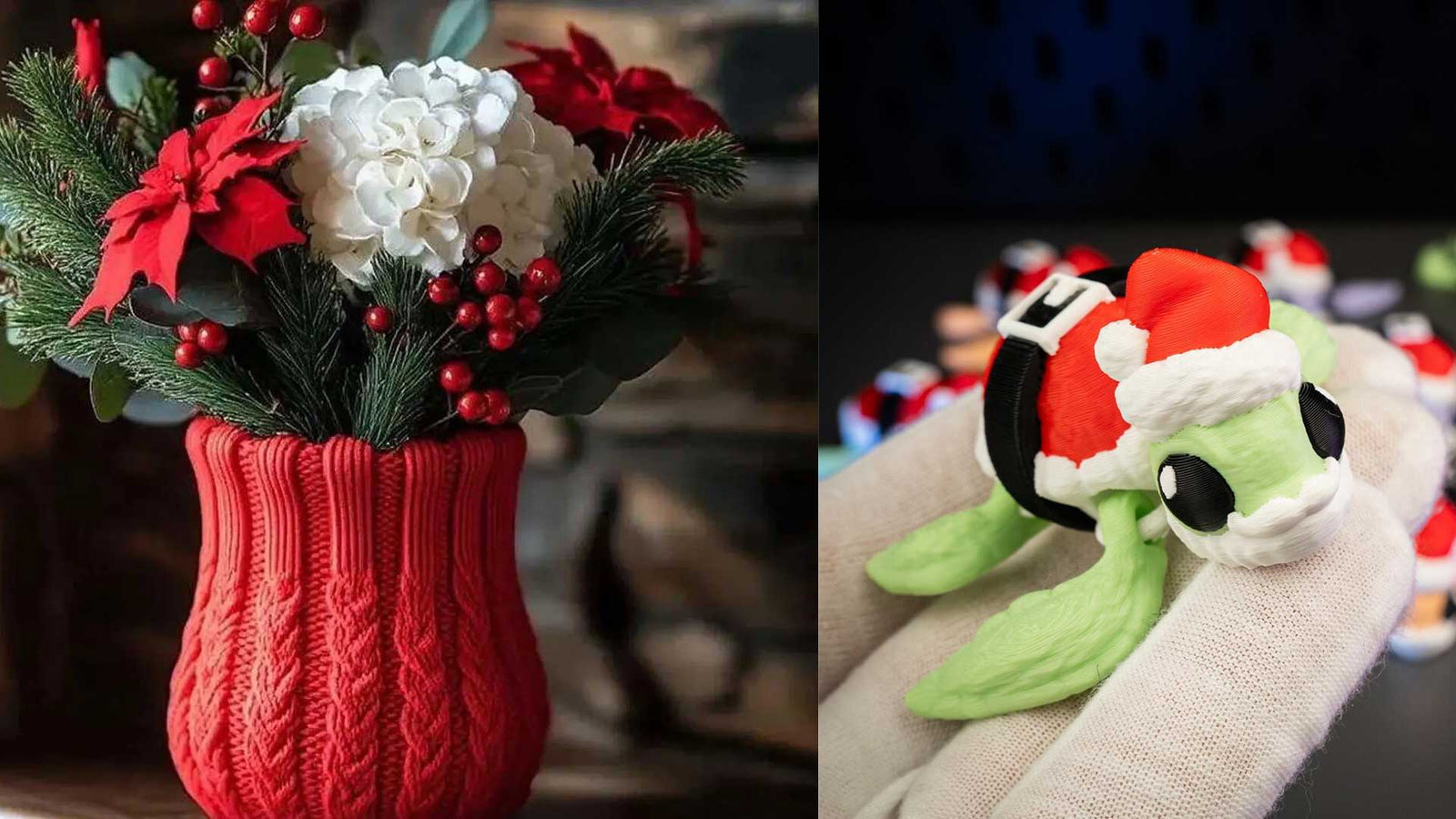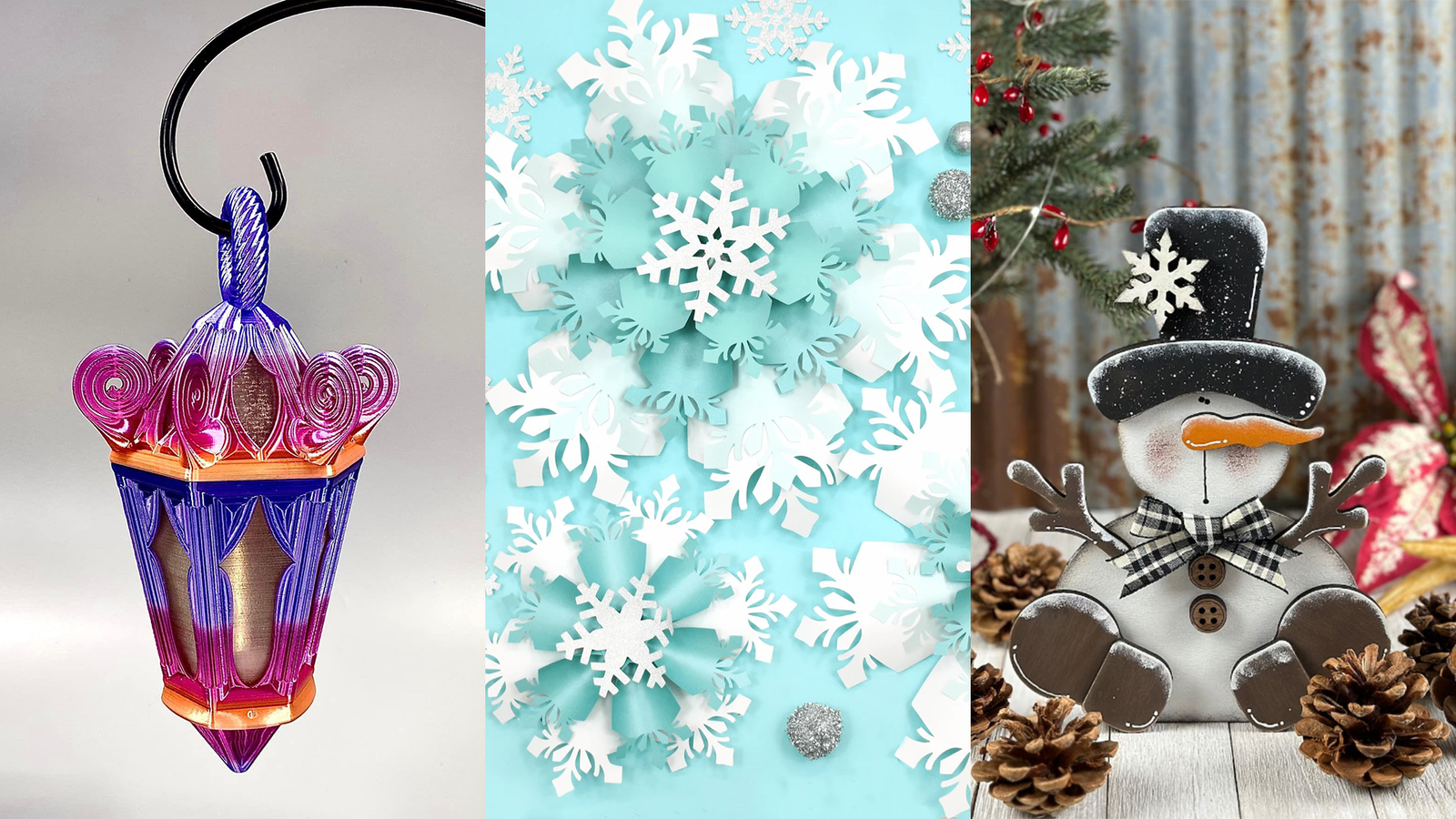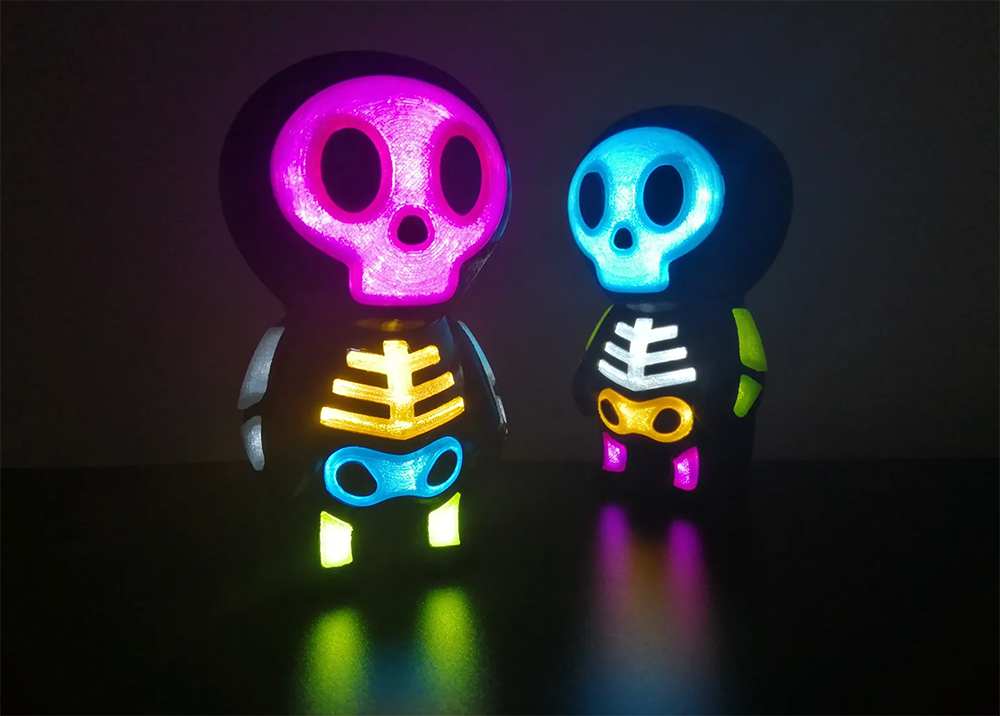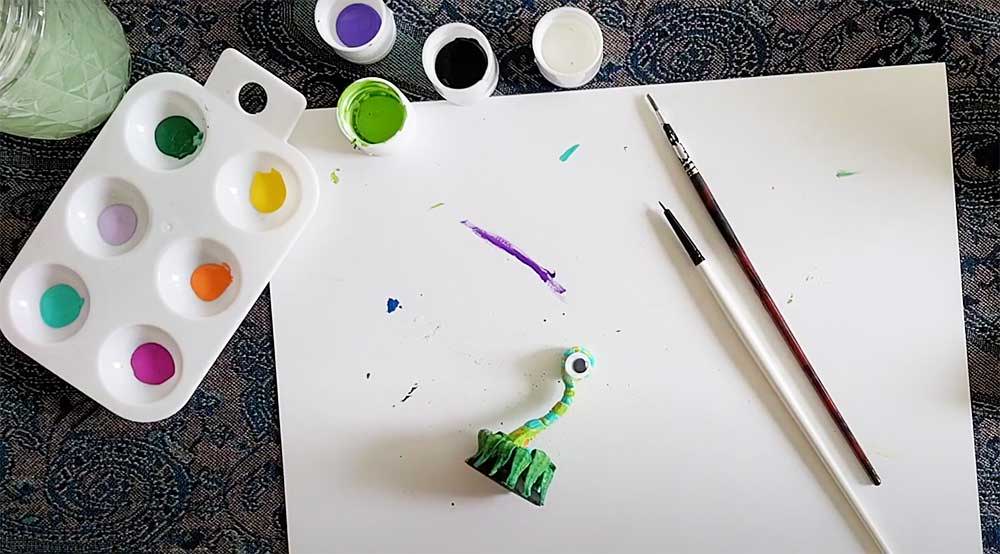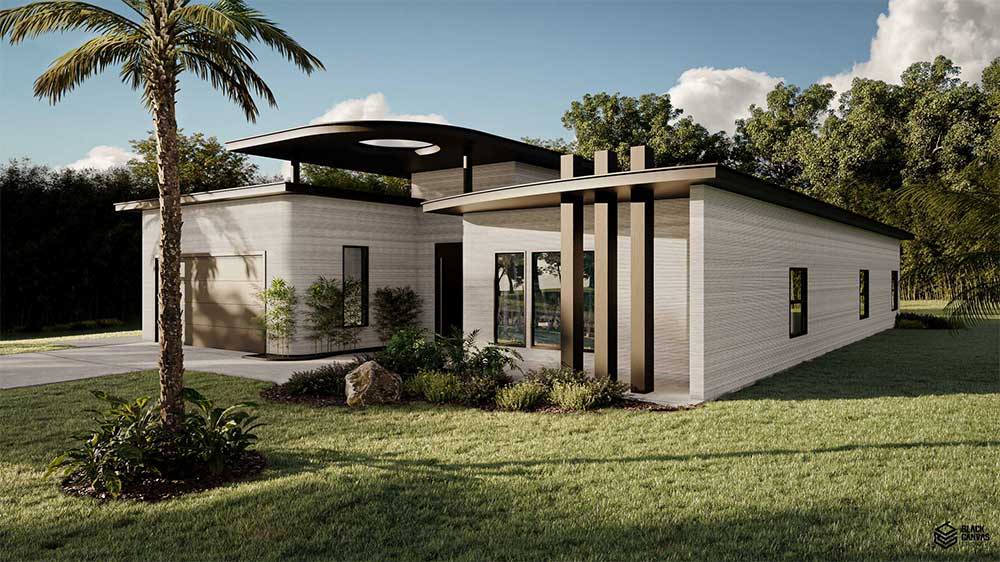Crowd-sourced 3D Printed PPE - Introducing the BECMv1 - (Buffalo e-NABLE Crisis Mask)
June 08, 2023

There is no doubt that over the past few weeks, the world has changed drastically and feels more like a never ending 24/7 binge watching spree of some Sci-Fi Netflix show about the end of the world…than real life.
One thing that has not changed however, is the heart of the Maker Community.
This global movement of 3D printing hobbyists, professional engineers, teachers, students, artists, quilters, veterans, stay at home parents, carpenters, retired professionals in all kinds of careers and so many more, have stepped up to supply our heroes on the front lines in the fight against COVID-19 with PPE (Personal Protective Equipment.)
There have been numerous designs shared in countless online groups and community boards for masks, face shields and other equipment that is desperately needed to keep our essential workers and our families safe.
The open-source sharing that has become the norm for our amazing Global Maker Community has once again proven that there is incredible value in sharing designs, collaborating with others and giving each other feedback in real time. New designs can be tested, reworked and improved upon in a matter of hours or days v.s. months, especially when thousands of lives are on the line.
As many of you know, 3D Universe team members are all a part of the e-NABLE Community who have been providing free, open-source 3D printed hands and arms for those in need for the past 7 years. In that time, e-NABLE has grown from a handful of founding members in early 2013 to thousands of volunteers worldwide, and have delivered approximately 15,000 devices to those in need.
Today e-NABLE volunteers have had to put our 3D printed hand-making on hold for a while and instead are leading the way in creating PPE for local hospitals and essential workers all over the globe. Thousands of face shields have already been delivered and numerous mask designs have been created.
We are excited to share the most recent collaborative efforts with you.
Introducing the BECMv1 – (Buffalo e-NABLE Crisis Mask)
The BECMv1 (Buffalo e-NABLE Crisis Mask) is a modified and updated version of the “Montana Mask” created by Marlin D. Richardson, M.D., Spencer Zaugg, DDS, and Colton Zaugg.
3D Universe has been working together with teams from the e-NABLE Volunteer Community, medical professionals, engineers, materials experts, compliance professionals and others for weeks now, with the goal being to redesign and rework, test and give feedback on the safest mask design we can find.
Our team tested numerous versions of masks and agreed that the Montana Mask was the most promising of the 3D printed mask designs out in the open-source community. However, we did feel that we could make some significant improvements to it.
Extending the Depth of the Mask
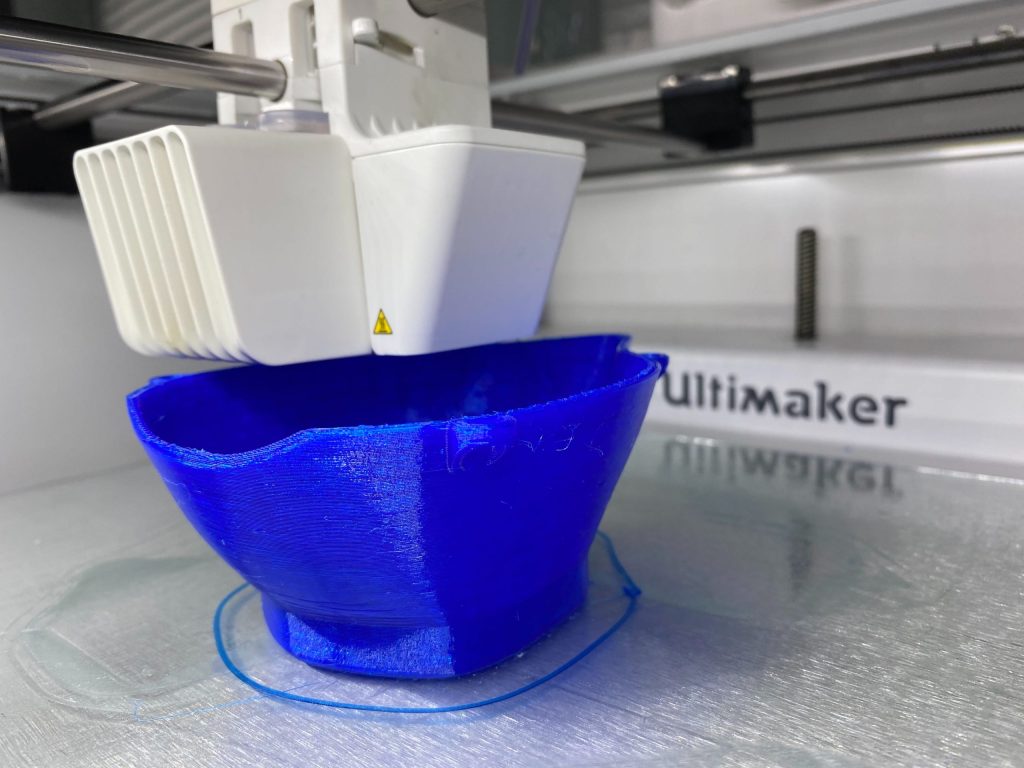
When we 3D printed the Montana Mask design, we felt it was a little bit too shallow. It was pressing down on the bridge of the nose and didn’t leave enough room in front of the mouth.
We extended the scaling outwards on the Z-axis to about 130% which allows for more room for the bridge of the nose and the mouth without compromising the seal on the face because the shape of that edge remains the same. We felt that it offered significant improvement.
Adding a Stronger Grid to the Mask to Protect the Filter

Another change we made to improve the design, was adding a protective grid on the front face of the mask. This decision came from a discussion with several medical professionals on our team explaining that when these are being used in a hospital environment or in a surgery room, there are often a lot of things happening all at once.
In many emergency situations, numerous hands are moving around in small confined spaces and it is not hard for someone to accidentally hit the front of a mask and potentially push that filter through from the outside. We wanted a more protective mechanism to prevent that filter from being able to be pushed through.
The filter insert piece that goes in from the backside has a wider cross grid pattern on it and the grid we put on the mask itself compliments that. When combined together, that grid pattern from both provides a great level of reinforcement for the filter that will go in between them. This minimizes the amount of surface area of the filter that needs to be covered up.
The inside filter piece has a flange around the edge that provides extra protection, both to keep you from pushing it in too far as well as providing some coverage around the edge of the filter itself just in case there are any tiny gaps there.
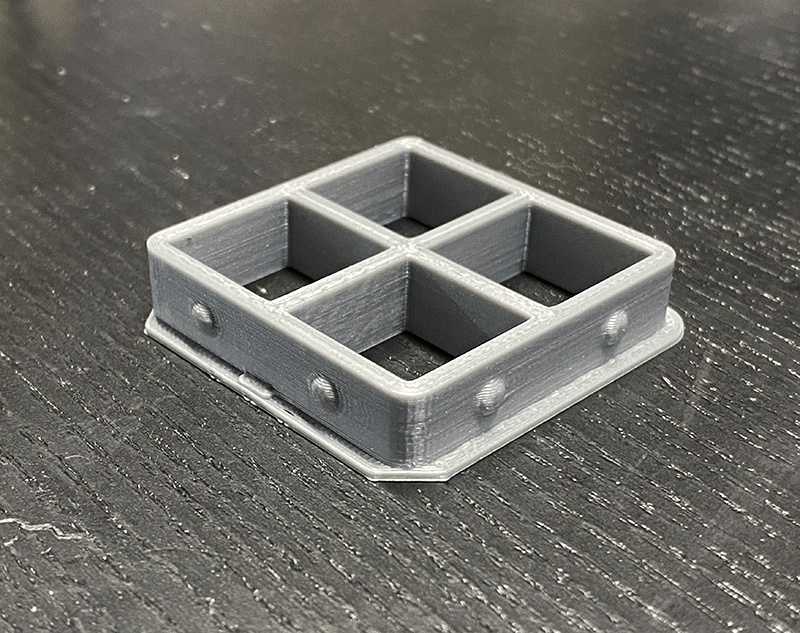
Our team has also added a mechanism for getting a tight seal on the inside filter frame insert. The frame has little “dimples” on the sides so on the main mask frame, where this piece goes, we added corresponding little divots that those slip into to pinch the filter material into those spots. It holds the filter material nice and tightly and provides a very strong fit.
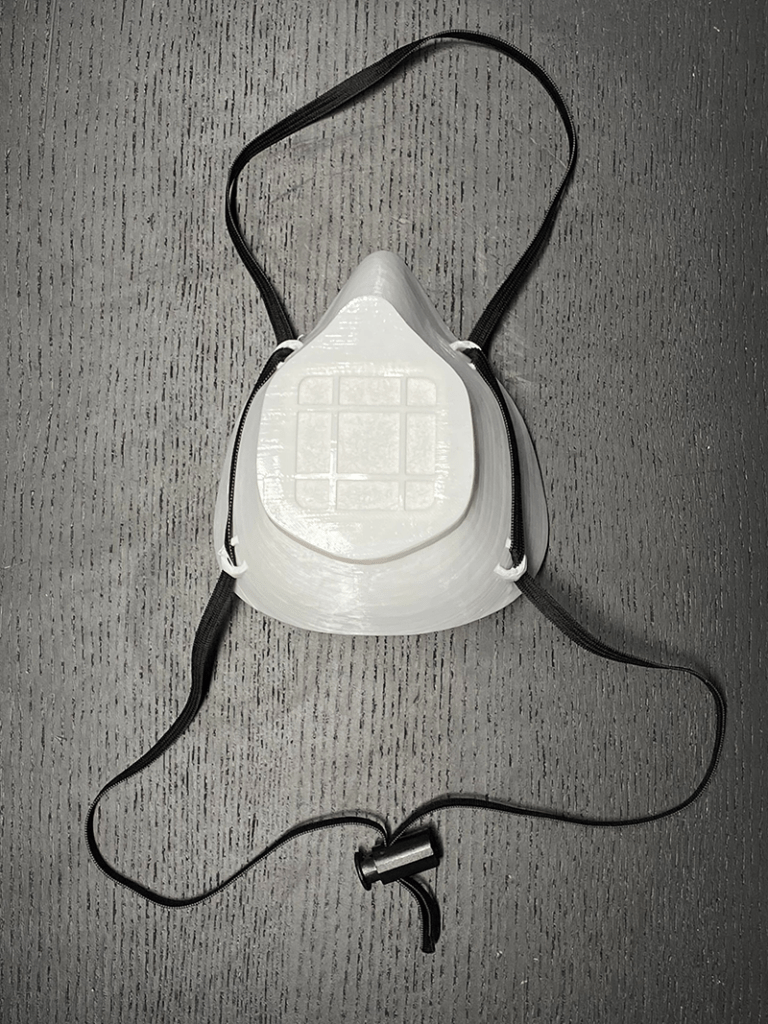
Another improvement we made are the strap connection points. We moved those down a little because that allows for those who wish to add the gasket mechanism on the outside that may come down over both sides of the edge of the mask, we wanted to allow for that.
Using Facial Geometry Databases to Create Five Different Sizes
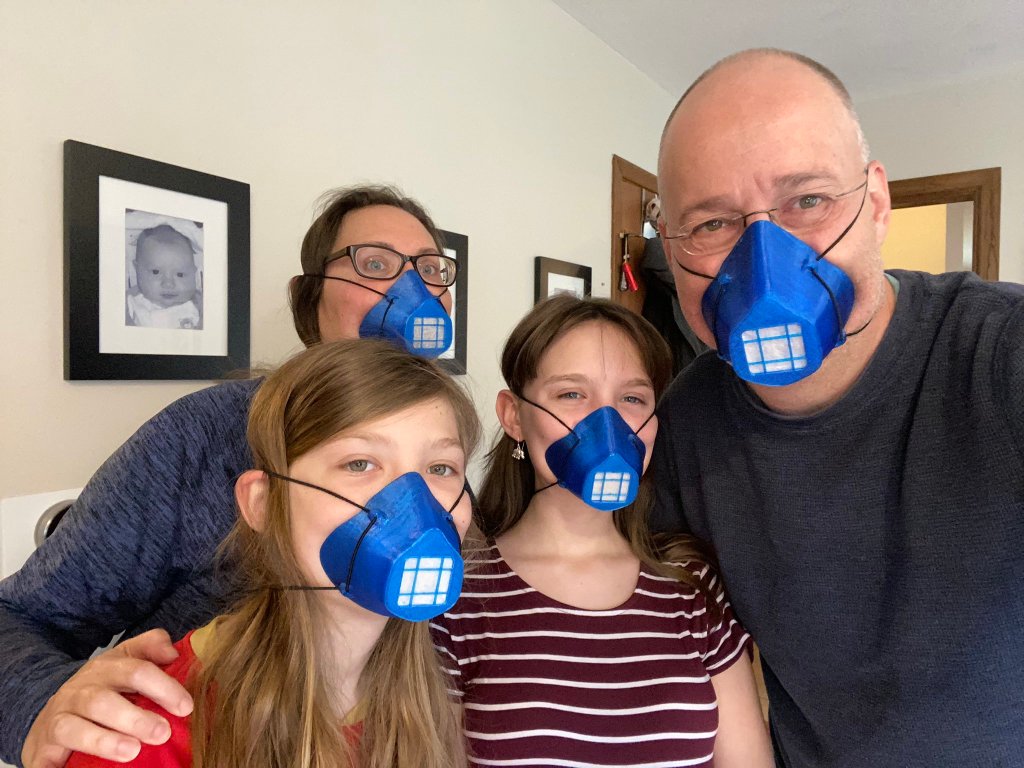
Our team has created this mask in five different sizes. The files are available in extra small, small, medium, large and extra-large. Each mask has an indicator on the inside so you can see the size easily. The filter frames are also scaled in those five different sizes with dots along the edge with zero dots equaling an extra small and 4 dots representing extra large.
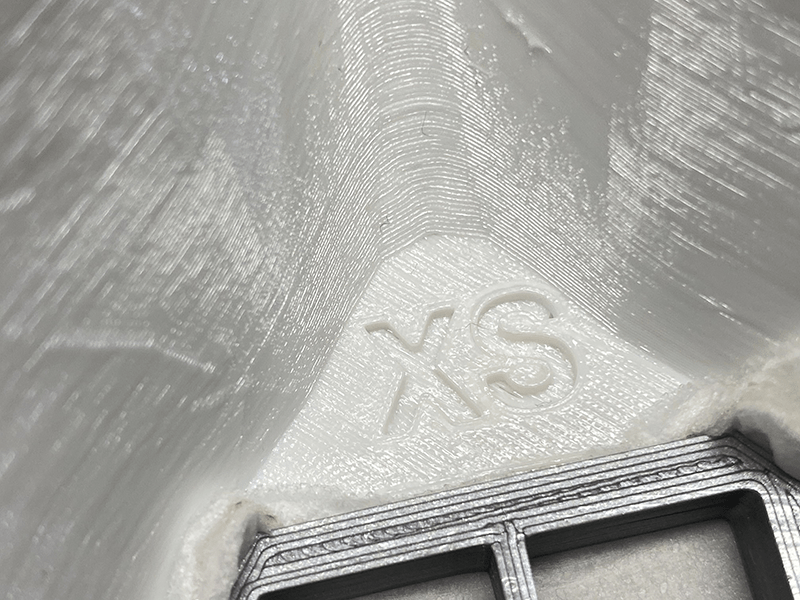
The scaling was handled by analyzing databases of facial geometries. So we went through countless facial geometry data in terms of the width and length of faces and we did analysis and averaging to come up with they “Typical sizes” of facial features. We used this data to come up with these 5 sizes for the BECMv1 and these models are pre-scaled and ready to use.
Printing the Mask in TPU if Possible

We recommend printing the BECMv1 in TPU whenever possible. It is a flexible material and it provides for a really nice tight seal on the face. If you don’t have the ability to print with TPU, you can also print this mask with a rigid material like PLA, however in that case, you will want to line the outer edge with some kind of a gasket material that can go over the edge of the mask and provide extra seal and better comfort to the user.
Assembly Instructions and Design Files for the BECMv1 Mask
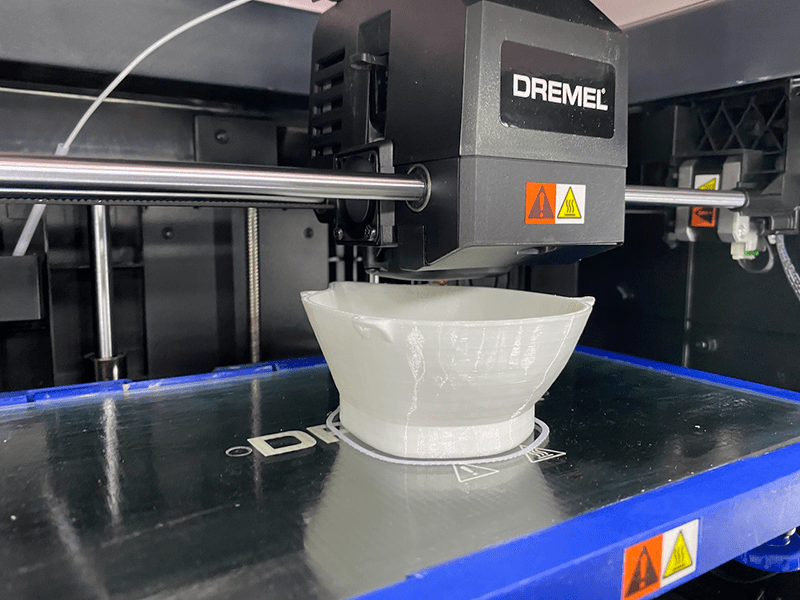
To put the BECMv1 together, you print the mask with the front-facing down so the whole body is printed in one piece. We suggest the TPU for more flexible fit and comfort. The filter frame insert should be printed in a rigid material like PLA, Tough PLA or PETG.
STL files for this design are available on the following sites:
Thingiverse: www.thingiverse.com/thing:4268466
YouMagine: www.youmagine.com/designs/becmv1-buffalo-e-nable-crisis-mask
Instructions Documentation: https://tinyurl.com/BECMv1info
Filter Material Being Tested for the BECMv1 Masks
The filter material that we are using with the BECMv1 is a MERV1 rated material which is essentially the equivalent of protection that you get in an N95 mask.
We purchased our filter material through McMaster Carr in the form of large bag air filters that we cut apart. From just one of these large bag air filters purchased for about $50, we can make approximately 2500 of the 2.5 inch squares needed for this mask.
Two of these squares lays inside of the mask over the opening and then take the filter frame insert and push it in on top of that filter, all the way in. It creates a nice tight seal and holds that filter in place very well. You can’t really push it in accidentally from the outside, even if it gets bumped and it’s not just going to pop out and endanger the user.
Usage Instructions
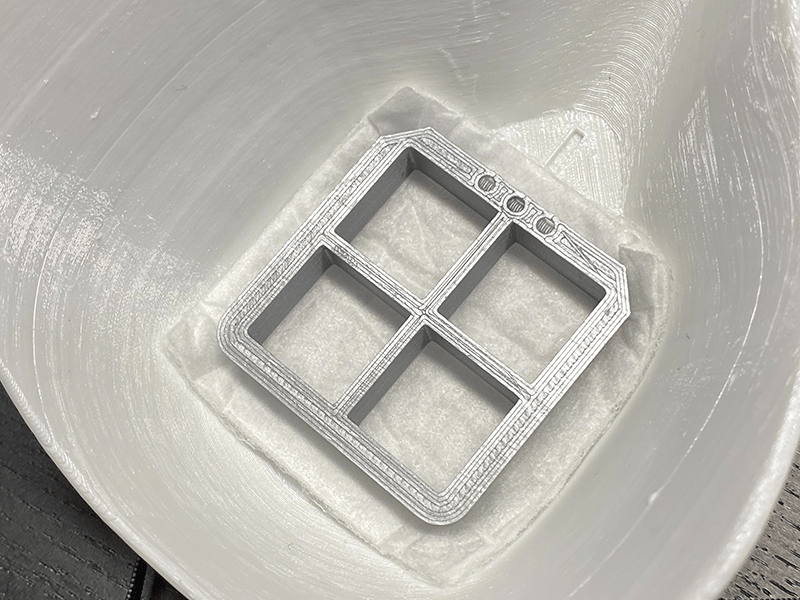
- Insert TWO pieces of the filter material on the inside of the mask
- With the filter material centered over the opening, press the filter frame firmly into the filter compartment as far as it will go
- Adjust the straps so the mask is held firmly against the face
- To check the mask fit, cover the filter opening with the palm of your hand and make sure you cannot breathe air in or out
- Change the filters frequently, using two pieces of filter material each time
- Clean the mask after each use, following the cleaning instructions below
Cleaning Instructions for the BECMv1 Mask
- Carefully remove the filters from the mask and discard them
- After touching the filters, wash your hands carefully in warm soapy water for at least 20 seconds
- Wash the entire mask thoroughly in warm soapy water, including the mask body, the filter frame, straps, and barrel lock
- Allow the mask to dry completely before inserting new filters
Strap Material Options
For the strap, we are using 1/4″ inch elastic strapping but you can use various kinds of materials for the strap depending on what is available in your area.
Some people are using long shoelaces, leather cording, elastic cord, rubber bands and many other items found that will hold the mask in place firmly against your face.
- Elastic strap (¼” elastic strap material is available through eBay: ‘Flat Braided Elastic Cord~Knit Elastic 1/4” Width~Trim Ear Hanging Sewing’). If that particular seller runs out of inventory, you can search eBay for other sellers of ¼” elastic. A single piece of ¼” elastic about 38 inches long combined with a barrel lock is an effective solution. See images on the right.
- Rubber bands that can be “daisy-chained” to find a proper length. (You can source these anywhere but as a reference for size we have tried ¼” wide, 3 ½” long rubber bands from McMaster-Carr. (You may need to use these with zip ties to anchor the rubber bands since they do not fit through the holes.)
- Shoelaces or similar cord material that can be tied or held in place with a cord lock.
Extensive Testing with Medical Professionals and Engineers

Our team is doing extensive testing on this design by the medical professionals we are working with. This includes both fit testing and permeability testing to check the effectiveness of the filtration.
All of the preliminary feedback has been very positive that this is a solution that is significantly better than nothing and offers improvements over the existing designs being shared in the open-source community.
We wanted to share this design with the community as well so that you can print them out, test them and send feedback.
Sources for these files are all included in our documentation, from part numbers for items needed to create these to various materials that you might try 3D printing along with cleaning and sanitizing instructions.
We will be updating this documentation regularly as we get more feedback from our team of medical professionals and testers.
Join us April 25th for a Free Virtual Conference with More Information on 3D Printing PPE
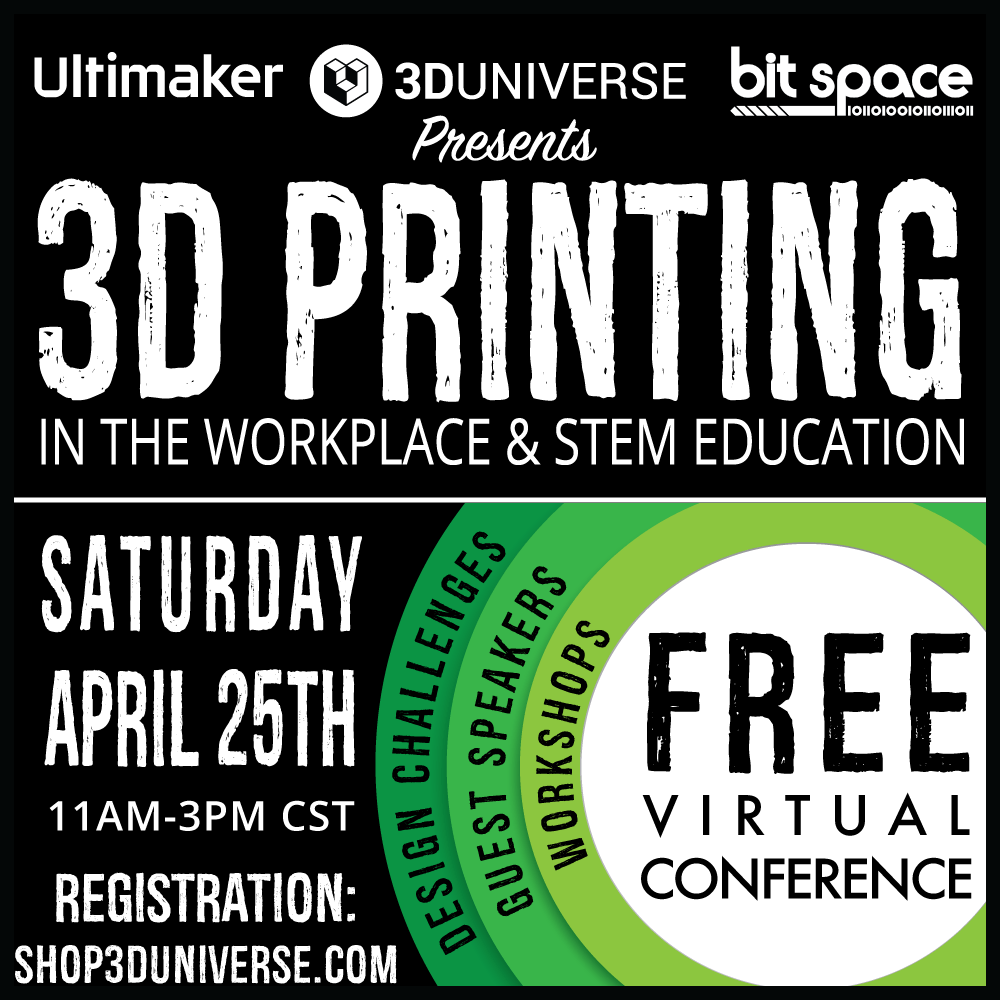
Join us for a 4 hour free virtual conference on 3D printing in the workplace and in STEM education as well as more information on how the e-NABLE and global 3D Printing Maker Communities are helping to fight COVID-19.
For more information on the sessions being offered, schedule, speakers and registration, please visit our blog. Registration is free with a small suggested donation to the e-NABLE Community to help provide materials to volunteers who are helping to create PPE for our front line health heroes.
Disclaimer
The 3D printed mask information presented here is intended to assist the general public during the current global pandemic related to COVID-19 and the related nationwide shortage of personal protective equipment.
Please be aware that this mask design is not intended to replace standard protective equipment such as N95 masks or surgical masks when that equipment is available.
The use of these 3D printed masks has not been fully tested and has not been approved by federal or state authorities.
The individuals associated with developing and producing this mask design assume no liability and make no representations, warranties, or guarantees regarding the safety, efficacy, or appropriate use of these masks in any particular situation.
Each facility should test each batch of masks prior to relying on them for protection. The use of this information for any purpose is at the maker’s and the user’s own risk.
